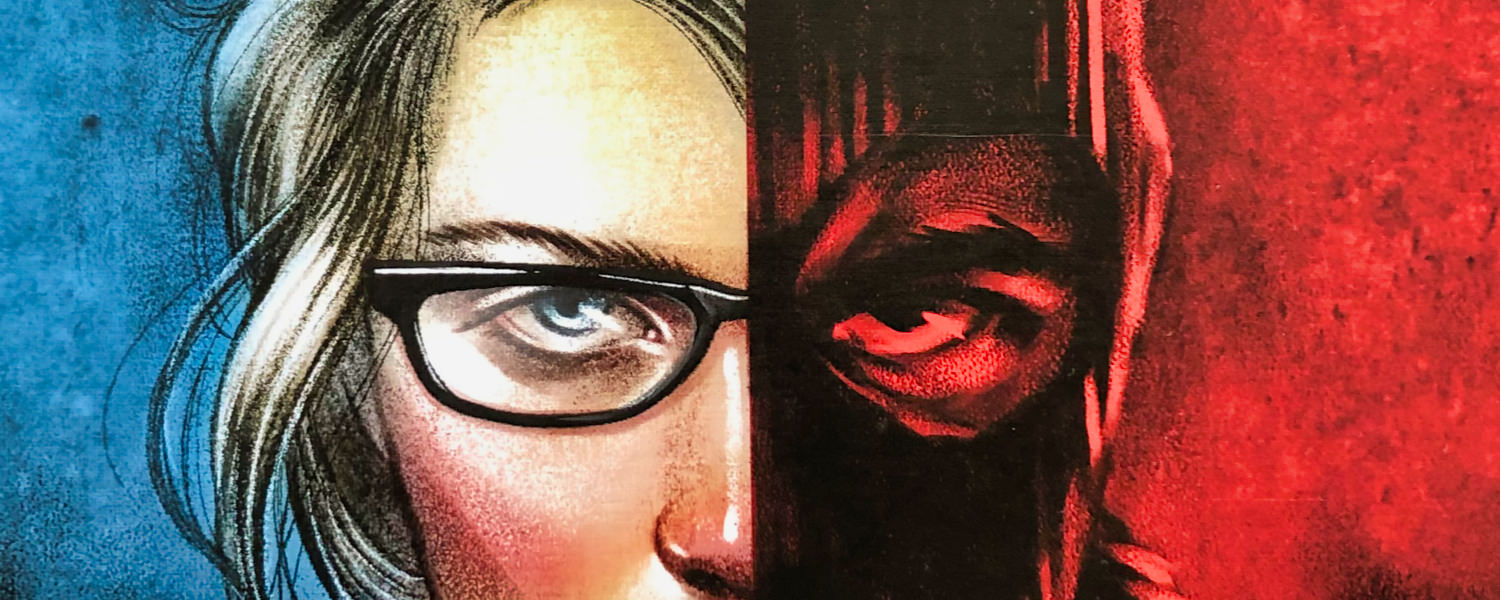
Hostage Negotiator - Crime Wave
I sat huddled under the table with my legs bent. I had my eyes closed and pressed my hands as tightly as I could on my ears. Actually, the day had started quite normally. Office in the morning and before lunch a short trip to the bank to get some money. That was the mistake. When it was my turn at the bank counter, this crazy guy with the full beard came into the bank and shot around. Screams, panic and everyone tried to move towards the floor or to hide. That was now almost an hour ago. In the meantime, a fearful silence had set in, until the guy just led an older woman into the next room - then there was a loud bang and I woke up in a cold sweat ... 2020 ... Corona ... and played two parties of Hostage Negotiator last evening.
- Hostage Negotiator* is a pure solo game in which we try to stop a hostage-taker and free as many hostages as possible. The game is played over several rounds, with each round consisting of three phases:
- The Conversation Phase
- The Spend Phase
- The Terror Phase
The setup is done quickly. Place the Hostage Negotiator board and Conversation Cards on the table. Take the six starting Conversation Cards - indicated by a zero in the blue conversation bubble in the lower right
corner of the card - as your starting hand. Then add a gold Terror Card to the tableau and ten red Terror Cards on top of it. Now place the Conversation Point marker on the zero of the Conversation Point bar. The rest of the setup depends on the Abductor card you choose.
Tactics correctly - the Conversation Phase
The Conversation Phase is our big hour. Here we try to have a positive influence on the hostage taker. This is all done with the help of hand Cards, which we use as skillfully as possible. There are two ways in which the Conversation Cards can be played:
- Facedown, to gain one Conversation Point
- Faceup, to do a Threat Roll with the dices
The number of dices that can be used for the roll is based on the threat level (0-1 → 3 dices, 2-6 → 2 dices, 7 → 1 dice). Depending on the number of successes, the card effect is now executed. On most Cards, successes earn you Conversation Points or a decreasing threat level. The cards can also be used to free hostages and uncover claims. Basically, more expensive cards that can be bought in the next phase have more positive effects for us.
The threat level is not only important for the number of dice to be rolled. If it rises above seven, a hostage dies immediately. If it drops below zero, a hostage is freed immediately.
Demands
Open demands can be fulfilled at any time during the conversation phase. Usually, a certain number of conversation points must be paid for this. As soon as a demand is met, you immediately get a special advantage, such as the release of several hostages. However, many demands also have a permanent disadvantage, which makes the game much more difficult in the further course. So when you fulfill a demand should be well considered, because this gives the game quite a tactical twist.
Preparation for the next conversation - the Spend Phase
In the Spend phase, you can buy new Conversation Cards from the draw for the previously earned Conversation Points. Cards with a value of zero can be taken directly into your hand. A hand card limit of ten applies. The cards used in the previous Conversation Phase can only be purchased again in the next Spend Phase. At the end of the Spend Phase, they are sorted back into the discard pile.
The hostage taker strikes back - the Terror Phase
In the Terror Phase, a card is drawn from the deck and the effect is performed. The cards simultaneously serve as turn markers for us. The Terror Cards usually have no advantages for us - on the contrary. The increase of the danger level is usually a harmless effect. As soon as the effect has been executed, you start the next Conversation Phase.
Death or freedom
To come out of the game as a successful negotiator we have to free at least half of the hostages and capture or kill the hostage taker. But be careful: if the hostage taker is killed, his accomplice takes over - and he is usually in an even worse mood. If more than half of the hostages are killed, the game is lost for us.
Oh no!
Now the bastard has killed another hostage - and I just couldn't stop it. I don't think I've ever looked at the dice in a board game as emotionally as I did in Hostage Negotiator. The game very originally "kidnaps" the player into a situation that you hopefully never experience yourself. The short set-up and playing time ensures that the game is a pleasure to play for a quick hostage-taking session in between. Due to different hostage takers and variable escape demands, the game has a high replay value and tactical depth. Instructions and material are of good quality, as usual with Van Ryder Games.
Of course, a lot of the negotiator depends on the luck of the dice and the difficulty is high, but do not worry: even a kidnapper has a bad day (and gets caught ;-). The version presented here Crime Wave is the second basic box of Hostage Negotiator. In addition, there are now numerous expansions with new villains and negotiators. All boxes can be combined with each other without any problems. This guarantees that there will be no boredom!
Basically, the question remains whether you play board games alone. Only everyone can decide this for themselves. However, it makes a difference whether you play a pure solo game or the solo mode of a game for several players. If you decide to play a pure solo game, you will probably get one of the best representatives of this genre with Hostage Negotiator.
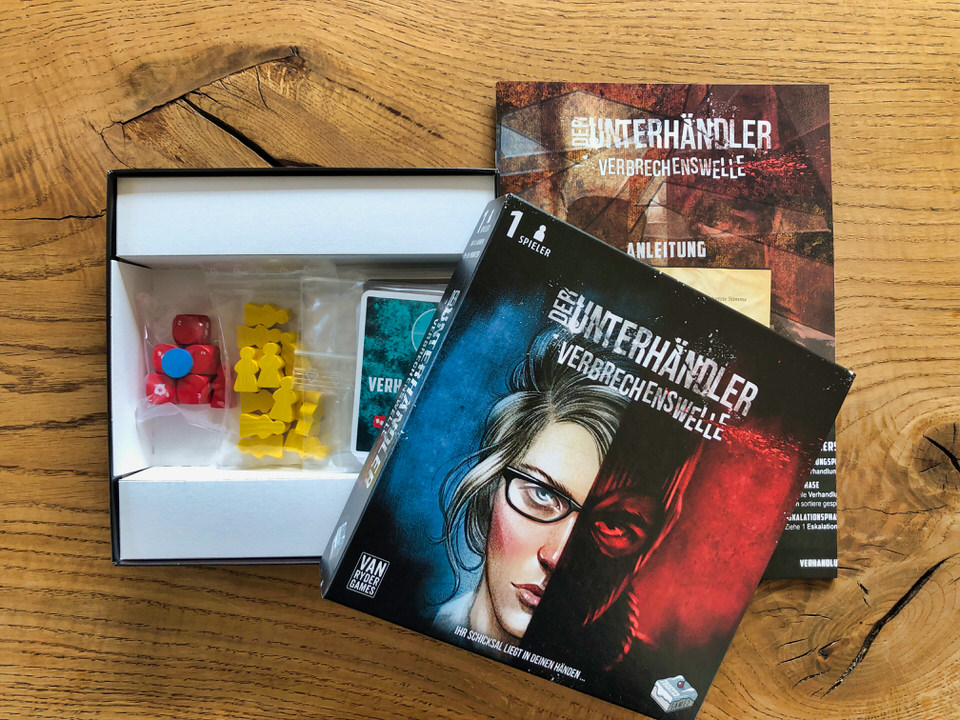
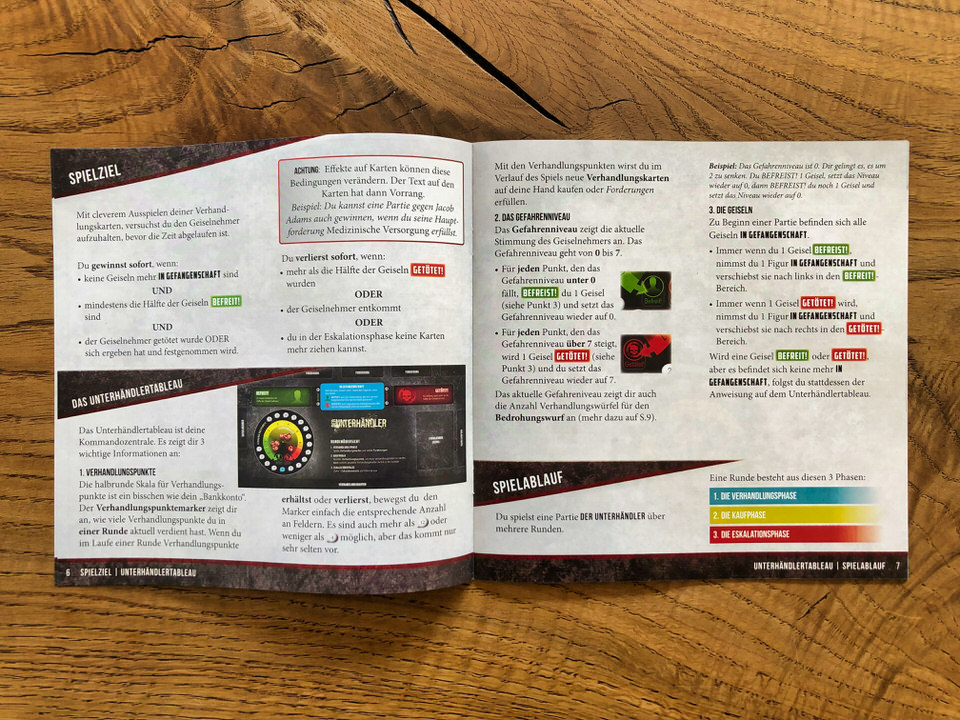


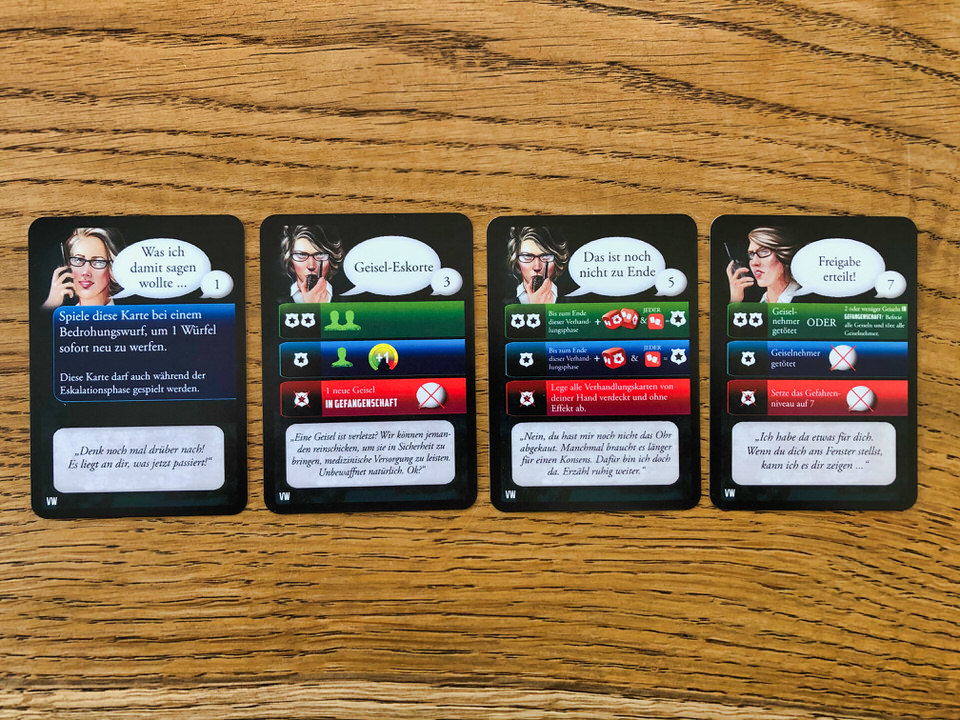
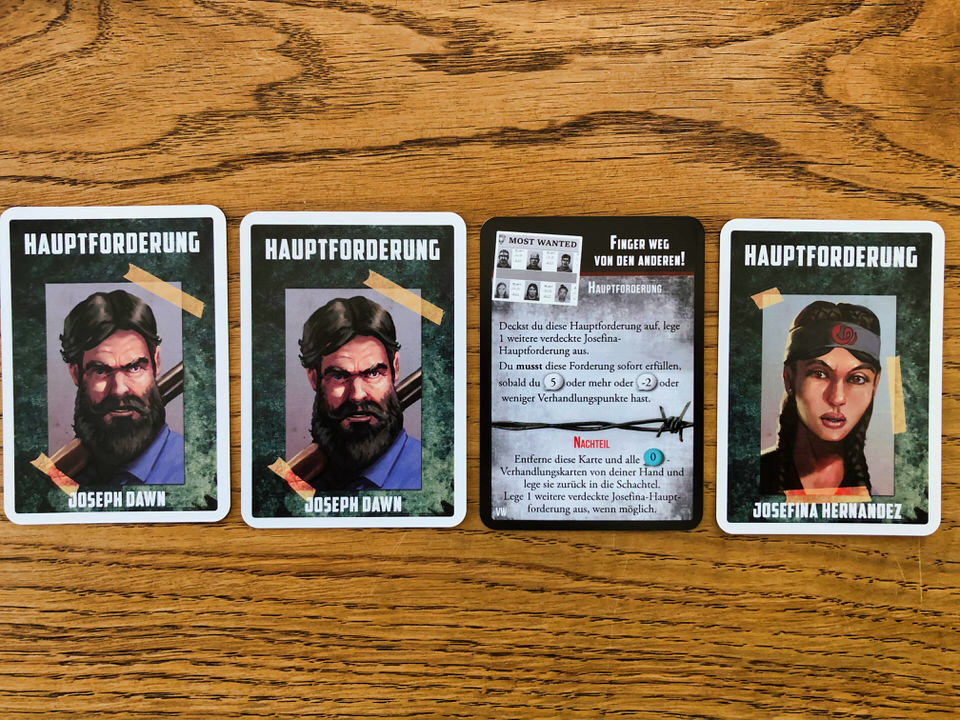
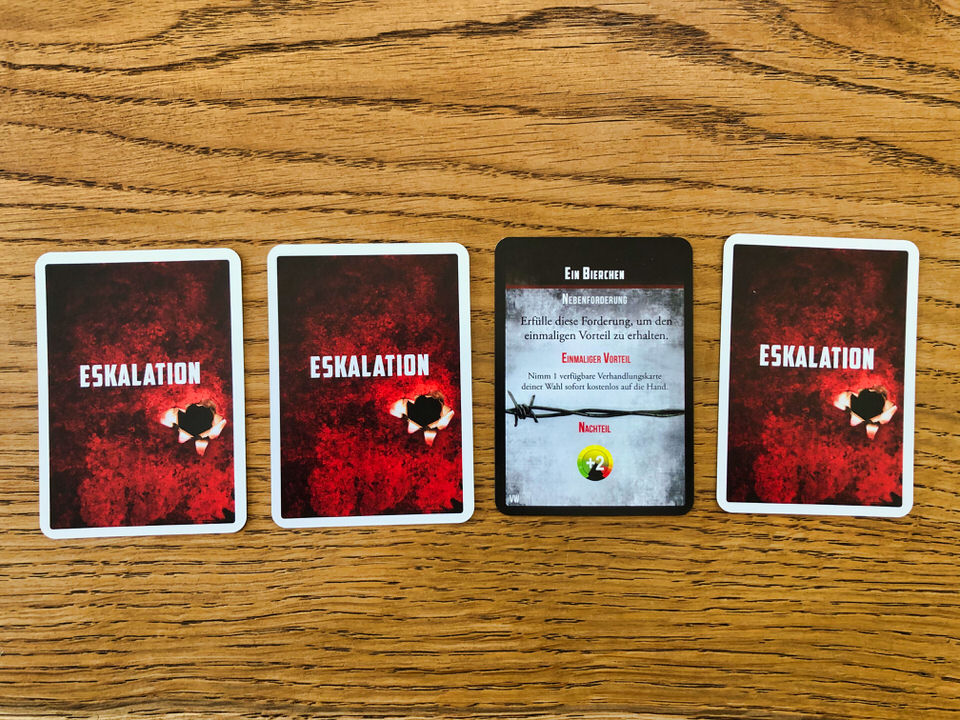
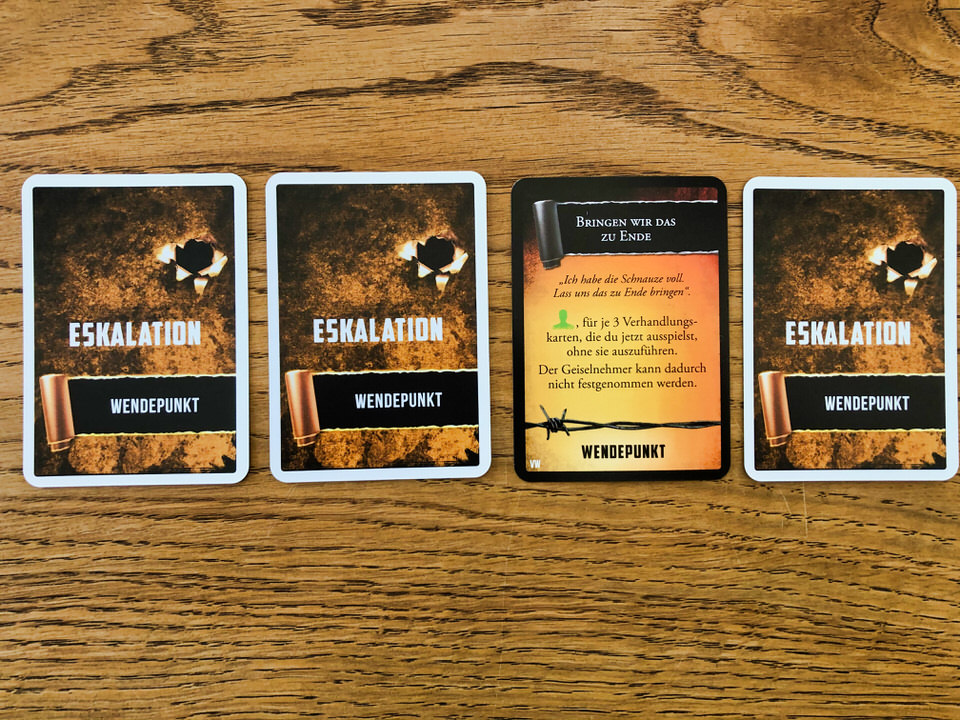
Leave a comment